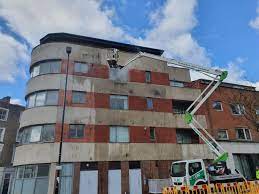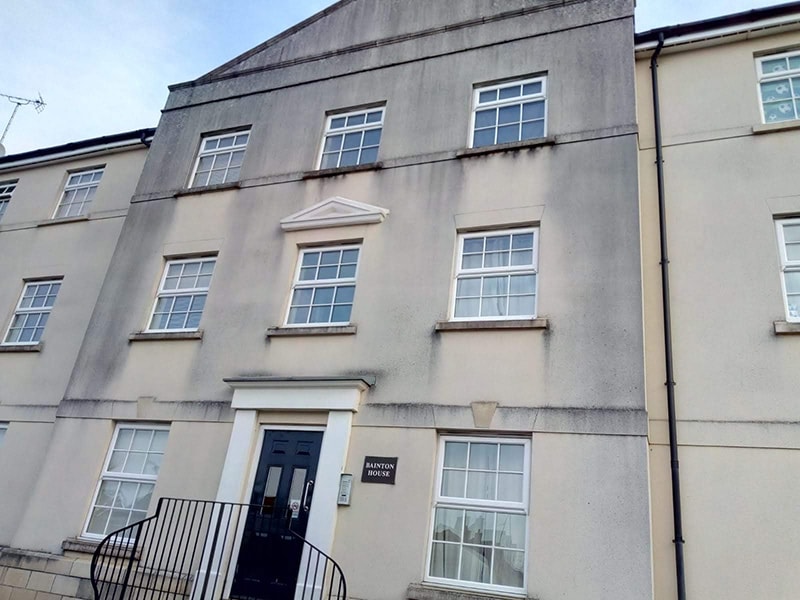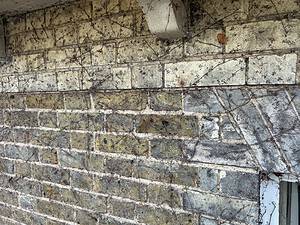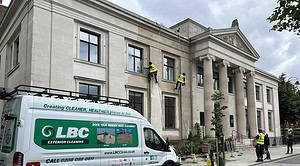What’s that growing on your render ?
The green and black staining on your render if you look closely is actually mould.
The British climate with warm and damp conditions creates ideal breading grounds for mould especially on textured renders.
There is an effective way of removing mould from render and while cleaning and treating the render, when the correct methods are used this will prolong the period where no mould is growing on the render.
What’s the best way to remove mould from render?
Pressure washing render can not only lead to damage but it will not eliminate all the spores from the mould rather just spreading the spores and leading to more regrowth in the near future.
What’s the green and black staining on your render?
According to the national library of medicine who conducted a study to determine the types of moulds on damp buildings ‘The results confirmed that Penicillium chrysogenum and Aspergillus versicolor are the most common fungal species in water-damaged buildings. The results also showed Chaetomium spp., Acremonium spp., and Ulocladium spp. to be very common on damp building materials’
How Dangerous is Mould Growth on Buildings?
The negative health effects of damp building materials and fungal growth in homes, institutions, and workplaces have been reported in many publications, including the WHO guidelines Dampness and Mould (52), which concluded that there is sufficient epidemiological evidence to show that occupants of damp or mouldy buildings are at increased risk of respiratory problems, respiratory infections, and the exacerbation of asthma
Pressure washing render can not only lead to damage but it will not eliminate all the spores from the mould rather just spreading the spores and leading to more regrowth in the near future.
Pressure washing render can not only lead to damage but it will not eliminate all the spores from the mould rather just spreading the spores and leading to more regrowth in the near future.
How to Remove Mould from Render?
How to kill mould?
Mould on exterior surfaces can be killed by industrial grade biocides or strong bleach known as sodium hypochlorite.

















